Security and Compliance in AWS for Life Sciences: Protecting Your Company’s Life Science Data
In the Life Sciences, analyzing vast datasets like genomic sequences or clinical trial results is routine. Ensuring the security and integrity of this data is crucial, especially under tight regulatory oversight.
Amazon Web Services (AWS) provides a platform with certified experts that cater to these needs. AWS offers tools that help streamline data processes, meet compliance standards, and safeguard intellectual property. The key is to use these tools efficiently to maintain data integrity and confidentiality.
AWS’ framework for Life Sciences compliance
AWS solutions are designed to meet the specific demands of Life Sciences, such as upholding GxP compliance and guarding sensitive patient data. By aligning with these requirements, organizations can adhere to regulatory standards while tapping into the benefits of Cloud technology. Moreover, AWS’s voluntary participation in the CSA Security, Trust & Assurance Registry (STAR) Self-Assessment showcases its transparency in compliance with best practices, establishing even more trust for users.
AWS’s commitment to integrating compliance controls means it’s woven through the entire system, from data centers to intricate IT processes. For example, when handling genomic data, AWS ensures encrypted storage for raw sequences, controlled access for processing, and traceable logs for any data transformations, all while adhering to regulatory standards.
Data governance & traceability in AWS
This tailored AWS infrastructure offers Life Sciences organizations unparalleled control. Imagine researchers working on a groundbreaking vaccine. As they collect vast amounts of patient data, they need a system that can not only securely store this information but also track every modification or access to it.
With AWS, an automatic log is generated each time a researcher accesses or modifies a patient’s record. This means that six months later, if there’s a question about who made a specific change to a patient’s data, the researchers can quickly pull up this log, verifying the exact date, time, and individual responsible. Data management on AWS is about ensuring data is traceable, consistent, and always under the organization’s purview.
Ensuring security through AWS best practices
Life Sciences data, whether it’s genomic sequences or computational studies, needs robust security. This data’s sensitivity and proprietary nature mean any breach could harm research outcomes, patient confidentiality, and intellectual property rights.
To tackle these concerns, AWS provides:
- Encryption at rest and in transit: AWS’s encryption mechanisms shield sensitive data in storage and during transfer, so that critical information like genomic data or computational chemistry results remain confidential and tamper-proof.
- IAM (Identity and Access Management): Fine-grained access control is essential in Life Sciences to prevent unauthorized data breaches. With AWS’s IAM, organizations can meticulously determine who accesses specific datasets, down to actions they’re permitted to take—be it viewing, modifying, or sharing.
- VPC (Virtual Private Cloud): Given the sensitive nature of research data, such as precision medicine studies or bioinformatics analyses, an extra layer of protection is often required. AWS’s VPC offers isolated computing resources, enabling organizations to craft custom network architectures that suit their security and compliance needs. This ensures that data remains protected in a dedicated environment.
- Physical security measures: Beyond digital protections, AWS takes extensive precautions to safeguard the physical infrastructure housing this data. Data centers benefit from tight access control, with staff passing through multiple authentication stages. Routine audits and surveillance bolster the integrity of the physical environment where data resides.
Audit preparedness & continuous compliance monitoring with AWS
Navigating the maze of regulatory requirements in the Life Sciences sector can be daunting. AWS offers tools designed specifically to ease this journey.
AWS Artifact stands out as it provides on-demand access to AWS’s compliance reports. With information at their fingertips, companies can confidently maintain regulatory compliance without the traditional runaround of audit requests.
Further strengthening the compliance arsenal, AWS Config offers a dynamic solution. Rather than periodic checks, AWS Config continuously monitors and records the configurations of AWS resources. For instance, if a Life Sciences firm were to deploy a genomic database, AWS Config would ensure its settings align with internal policies and external regulatory standards. Utilizing machine learning, AWS Config can also predict and alert potential non-compliance issues before they become critical.
This continuous oversight eliminates gaps that might arise between audits, allowing for consistent adherence to the best practices and regulatory norms.
Integrating advanced governance with AWS and Turbot
AWS provides a solid foundation for data management and compliance, but sometimes, specific industries demand specialized solutions. This is where third-party tools like Turbot come into play. It’s tailored for sectors such as Life Sciences thanks to its real-time automation, governance, and compliance features.
Consider a pharmaceutical company conducting clinical trials across multiple countries, each with unique compliance criteria. Turbot ensures that every AWS resource aligns with these diverse regulations, minimizing non-compliance risks.
Beyond mere monitoring, if Turbot detects any discrepancies or non-compliant resources, it immediately rectifies the situation without waiting for human intervention. This proactive approach ensures robust security measures are consistently in place.
Security and compliance in AWS for Life Sciences
Life Science industries operate within complex regulatory landscapes, and handling vast datasets requires meticulous attention to security, traceability, and compliance. AWS’s platform is designed to cater to these needs with sophisticated tools for data governance, security, and audit preparedness, however, without a specialized Life Sciences scientific computing provider with deep AWS expertise, like RCH, you may be leaving AWS opportunities and capabilities in the balance. To maximize the potential of these tools and navigate the intricate junction where science and IT overlap in the AWS Cloud, and beyond, a subject matter expert is crucial.
Contact our certified AWS experts to empower your research with specialized Bio-IT expertise and help streamline your journey to groundbreaking discoveries.
Sources:
https://aws.amazon.com/solutions/health/data-security-and-compliance/
https://aws.amazon.com/health/solutions/gxp/
https://www.rchsolutions.com/cloud-computing/
https://aws.amazon.com/health/genomics/
https://aws.amazon.com/solutions/case-studies/innovators/moderna/
https://aws.amazon.com/compliance/data-center/controls/
https://aws.amazon.com/blogs/aws/new-aws-config-rules-now-support-proactive-compliance/
https://turbot.com/guardrails/blog/2018/11/healthcare-and-life-sciences
https://turbot.com/guardrails/blog/2018/04/gartner-cspm
https://www.rchsolutions.com/resource/elevated-perspectives-security-in-the-cloud/
Bio-IT Teams Must Focus on Five Major Areas in Order to Improve Efficiency and Outcomes
Life Science organizations need to collect, maintain, and analyze a large amount of data in order to achieve research outcomes. The need to develop efficient, compliant data management solutions is growing throughout the Life Science industry, but Bio-IT leaders face diverse challenges to optimization.
These challenges are increasingly becoming obstacles to Life Science teams, where data accessibility is crucial for gaining analytic insight. We’ve identified five main areas where data management challenges are holding these teams back from developing life-saving drugs and treatments.
Five Data Management Challenges for Life Science Firms
Many of the popular applications that Life Science organizations use to manage regulated data are not designed specifically for the Life Science industry. This is one of the main reasons why Life Science teams are facing data management and compliance challenges. Many of these challenges stem from the implementation of technologies not well-suited to meet the demands of science.
Here, we’ve identified five areas where improvements in data management can help drive efficiency and reliability.
1. Manual Compliance Processes
Some Life Sciences teams and their Bio-IT partners are dedicated to leveraging software to automate tedious compliance-related tasks. These include creating audit trails, monitoring for personally identifiable information, and classifying large volumes of documents and data in ways that keep pace with the internal speed of science.
However, many Life Sciences firms remain outside of this trend towards compliance automation. Instead, they perform compliance operations manually, which creates friction when collaborating with partners and drags down the team’s ability to meet regulatory scrutiny.
Automation can become a key value-generating asset in the Life Science development process. When properly implemented and subjected to a coherent, purpose-built data governance structure, it improves data accessibility without sacrificing quality, security, or retention.
2. Data Security and Integrity
The Life Science industry needs to be able to protect electronic information from unauthorized access. At the same time, certain data must be available to authorized third parties when needed. Balancing these two crucial demands is an ongoing challenge for Life Science and Bio-IT teams.
When data is scattered across multiple repositories and management has little visibility into the data lifecycle, striking that key balance becomes difficult. Determining who should have access to data and how permission to that data should be assigned takes on new levels of complexity as the organization grows.
Life Science organizations need to implement robust security frameworks that minimize the exposure of sensitive data to unauthorized users. This requires core security services that include continuous user analysis, threat intelligence, and vulnerability assessments, on top of a Master Data Management (MDM) based data infrastructure that enables secure encryption and permissioning of sensitive data, including intellectual properties.
3. Scalable, FAIR Data Principles
Life Science organizations increasingly operate like big data enterprises. They generate large amounts of data from multiple sources and use emerging technologies like artificial intelligence to analyze that data. Where an enterprise may source its data from customers, applications, and third-party systems, Life Science teams get theirs from clinical studies, lab equipment, and drug development experiments.
The challenge that most Life Science organizations face is the management of this data in organizational silos. This impacts the team’s ability to access, analyze, and categorize the data appropriately. It also makes reproducing experimental results much more difficult and time-consuming than it needs to be.
The solution to this challenge involves implementing FAIR data principles in a secure, scalable way. The FAIR data management system relies on four main characteristics:
Findability. In order to be useful, data must be findable. This means it must be indexed according to terms that IT teams, scientists, auditors, and other stakeholders are likely to search for. It may also mean implementing a Master Data Management (MDM) or metadata-based solution for managing high-volume data.
Accessibility. It’s not enough to simply find data. Authorized users must also be able to access it, and easily. When thinking about accessibility—while clearly related to security and compliance, including proper provisioning, permissions, and authentication—ease of access and speed can be a difference-maker, which leads to our next point.
Interoperability. When data is formatted in multiple different ways, it falls on users to navigate complex workarounds to derive value from it. If certain users don’t have the technical skills to immediately use data, they will have to wait for the appropriate expertise from a Bio-IT team member, which will drag down overall productivity.
Reusability. Reproducibility is a serious and growing concern among Life Science professionals. Data reusability plays an important role in ensuring experimental insights can be reproduced by independent teams around the world. This can be achieved through containerization technologies that establish a fixed environment for experimental data.
4. Data Management Solutions
The way your Life Sciences team stores and shares data is an integral component of your organization’s overall productivity and flexibility. Organizational silos create bottlenecks that become obstacles to scientific advancement, while robust, accessible data storage platforms enable on-demand analysis that improves time-to-value for various applications.
The three major categories of storage solutions are Cloud, on-premises, and hybrid systems. Each of these presents a unique set of advantages and disadvantages, which serve specific organizational goals based on existing infrastructure and support. Organizations should approach this decision with their unique structure and goals in mind.
Life Science firms that implement MDM strategy are able to take important steps towards storing their data while improving security and compliance. MDM provides a single reference point for Life Science data, as well as a framework for enacting meaningful cybersecurity policies that prevent unauthorized access while encouraging secure collaboration.
MDM solutions exist as Cloud-based software-as-a-service licenses, on-premises hardware, and hybrid deployments. Biopharma executives and scientists will need to choose an implementation approach that fits within their projected scope and budget for driving transformational data management in the organization.
Without an MDM strategy in place, Bio-IT teams must expend a great deal of time and effort to organize data effectively. This can be done through a data fabric-based approach, but only if the organization is willing to leverage more resources towards developing a robust universal IT framework.
5. Monetization
Many Life Science teams don’t adequately monetize data due to compliance and quality control concerns. This is especially true of Life Science teams that still use paper-based quality management systems, as they cannot easily identify the data that they have – much less the value of the insights and analytics it makes possible.
This becomes an even greater challenge when data is scattered throughout multiple repositories, and Bio-IT teams have little visibility into the data lifecycle. There is no easy method to collect these data for monetization or engage potential partners towards commercializing data in a compliant way.
Life Science organizations can monetize data through a wide range of potential partnerships. Organizations to which you may be able to offer high-quality data include:
- Healthcare providers and their partners
- Academic and research institutes
- Health insurers and payer intermediaries
- Patient engagement and solution providers
- Other pharmaceutical research organizations
- Medical device manufacturers and suppliers
In order to do this, you will have to assess the value of your data and provide an accurate estimate of the volume of data you can provide. As with any commercial good, you will need to demonstrate the value of the data you plan on selling and ensure the transaction falls within the regulatory framework of the jurisdiction you do business in.
Overcome These Challenges Through Digital Transformation
Life Science teams who choose the right vendor for digitizing compliance processes are able to overcome these barriers to implementation. Vendors who specialize in Life Sciences can develop compliance-ready solutions designed to meet the incredibly unique needs of science, making fast, efficient transformation a possibility.
RCH Solutions can help teams like yours capitalize on the data your Life Science team generates and give you the competitive advantage you need to make valuable discoveries. Rely on our help to streamline workflows, secure sensitive data, and improve Life Sciences outcomes.
RCH Solutions is a global provider of computational science expertise, helping Life Sciences and Healthcare firms of all sizes clear the path to discovery for nearly 30 years. If you’re interested in learning how RCH can support your goals, get in touch with us here.




